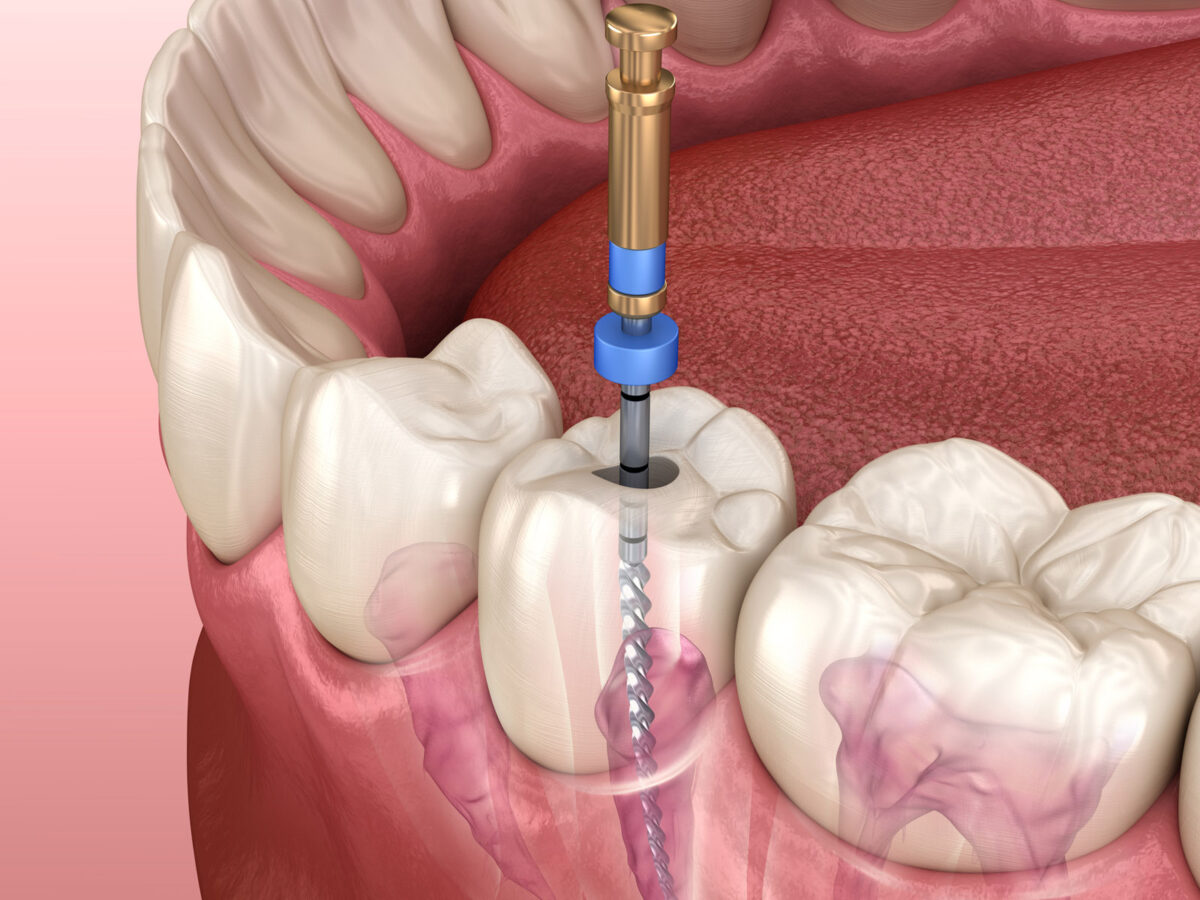Blog
Dental hygiene tips for healthy teeth & gums

What are the Alternatives to Root Canal Treatment?
We can define a root canal as a dental treatment that entails removing the soft center of the tooth, also known as pulp. The pulp of the teeth comprises connective tissue and blood vessels that foster the growth of the teeth. A root canal treatment is needed when a tooth’s pulp is inflamed, infected, or compromised in one or the other ways. Some typical damage inducing factors to the pulp is:
- Deep dental decay because of an untreated cavity.
- A chip or crack on the tooth.
- Multiple products done on the same tooth over some time.
- An injury to the tooth that seeps into the pulp.
A root canal is a painful procedure. Depending on the person, the process can be mildly painful or excruciatingly painful. Therefore, many people are always on the lookout for alternatives to root canal treatment. In case you are one of them, then continue reading ahead.
Top 4 Alternatives to Root Canal Treatment
- Direct Pulp Capping: It is a dental treatment that can be utilized among people suffering from severe damage or decay exposing the pulp. The process involves placing some inert substances directly above the exposed pulp to produce a mineral barrier, which protects the exposed pulp and promotes tissue repair. Some of the common substances used in Direct Pulp Capping are calcium hydroxide and mineral trioxide aggregate (MTA).
- Indirect Pulp Capping: It is a procedure that protects a decayed or damaged tooth that does not have any exposed pulp. The dentist treats the cavities and protects the dentin by using a protective lining. Moreover, the dentist may also remove decayed dentin and leave the decay that is near the pulp.
- Pulpotomy: It is a procedure wherein the pulp of a tooth is removed. It is done when the pulp has been exposed and overly compromised. The main difference between a root canal treatment and Pulpotomy is that the root canals and the tooth nerves are preserved in the latter. The infected pulp is removed during a Pulpotomy, and inert material is added inside the tooth to facilitate faster healing and prevent bacterial infection. After that, the tooth’s inside is filled, and a crown is placed on top to restore and protect it from damage. Pulpotomy is commonly done on children, and it is performed on adults as a temporary substitute for a root canal.
- Extraction: A dentist recommends extraction in cases of severe damage to the teeth or irreversible tooth decay impacts. Mostly, extractions are done when the root canal seems ineffective. Some extractions are simple, and we can do them at a dentist’s office. In contrast, others need to be overlooked by an oral surgeon. After a tooth is removed by extraction, some ways to deal with the space include dental implants, dental bridges, and partial dentures.
A root canal may be painful and seem intimidating, but it is a crucial procedure necessary for the long-term health of your teeth and gums. But, you can also go for the alternatives mentioned above if there is scope.
Book your appointment now and get your dental issues resolved!
